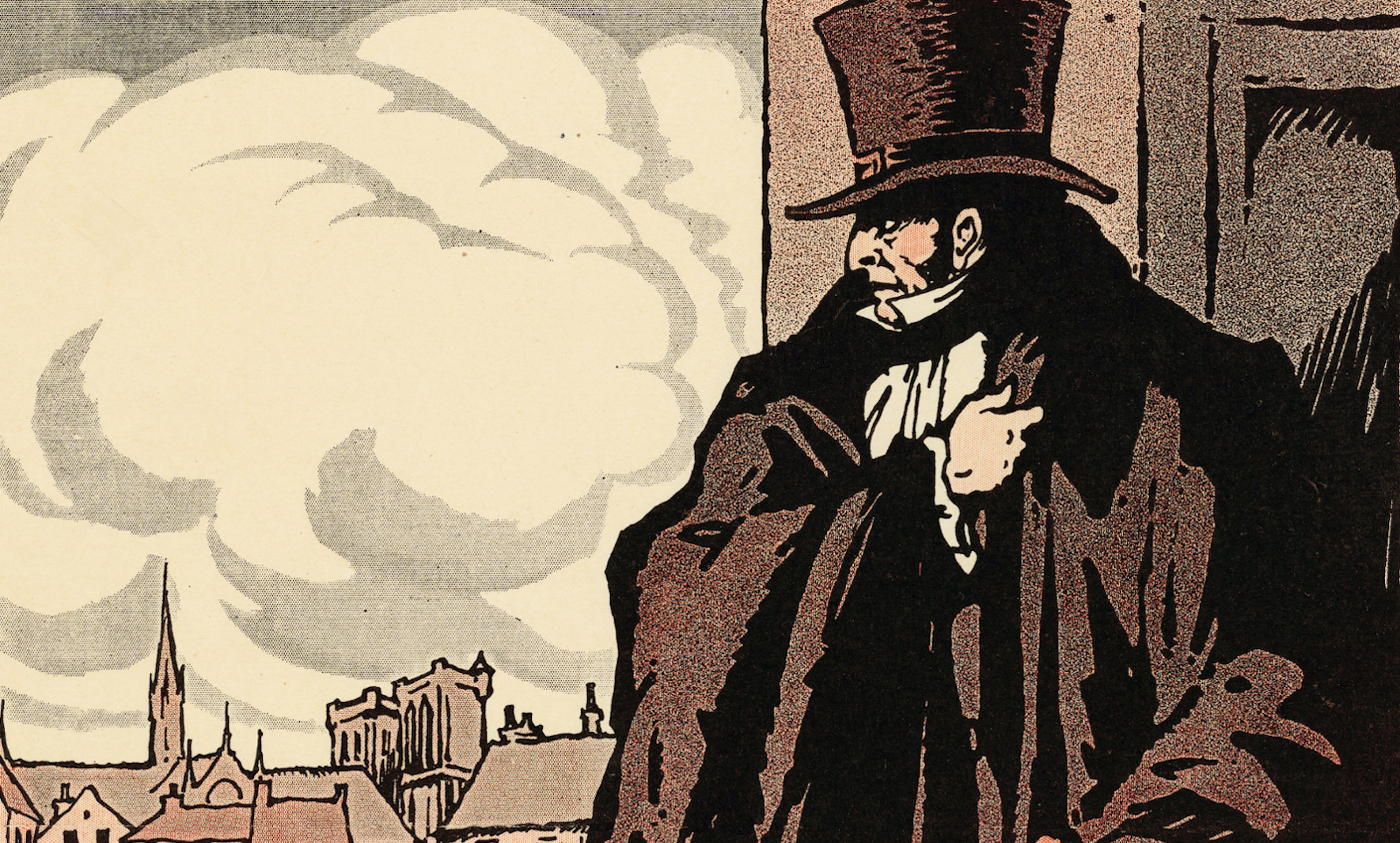Resolving Intrigue with Otherkind Dice

Artist unknown. Detail from a poster for Vidocq. 1922
In a recent campaign over on Shattered Horizons, players have been waging a protracted covert war against a clan of ogres led by a mysterious mage. Stratagem have included trying to get the ogres to break a ceasefire enforced by an ancient druid or tricking them into waging war on a nearby fort full of knights. One player is playing a cursed sword and had managed to possess the ogre chieftain, a position that gave them a lot of leeway to get up to hijinks but also exposed how complicated the ogres' internal hierarchy is.
That's a lot! GLoG, for all its strengths, doesn't really have a robust system that can handle this kind of play outside of extended free roleplay. Add to the mix that we were coming off of a long hiatus. In the end, I decided to run it using otherkind dice in a text channel instead.
Otherkind Dice
First developed by Meguey and Vincent Baker, otherkind dice are a dice pool resolution system. To start, we frame the players' objectives as a set of questions:
- Does Euphrasia avoid detection?
- Do you destabilize the ogre clans?
- Do you expose the wizard Grakhirt?
- Do you provoke battle with the knights at Fort Silan?
- Do you spark a conflict between the ogres and the flynds?
Then for each we describe what happens in the event of a yes or no. We assign a X-in-6 chance to each. This is called an outcome card.
Do you destabilize the ogre clans?
- On a 4+, the ogres are in turmoil as different faction leaders vie for control.
- On a 3-, Krekal, the underchief, has solidified control. He hasn't subdued all his rivals yet, but he will soon.
You can get fancy with this and include partial or critical successes or failures.
Do you expose the wizard Grakhirt?
- On a 6, Euphrasia manages to possess him.
- On a 4-5, you reveal the fact he is not an ogre. He is ousted and on the run.
- On a 3-, Grakhirt is aware that something is amiss. He refuses to be seen and is clearly up to something.
Once you have your outcome cards, you can lay them out before the players. Next, the players gather a dice pool. I gave them an initial pool of 3d6 to reflect Euphrasia's outsized influence. Then, I prompted each player to pitch me on their covert ops. For each that did, the party got another d6 for their pool.
Finally, the players roll all the d6s in their pool and assign a single die to each outcome. Ideally, a lively debate springs up here.
A Few Tweaks
I think this system worked well, both as a way to handle a complex intrigue and to get players thinking about the setting again after a long hiatus. There are, however a couple changes I'll make next time I run one of these.
First, I want to put more risk in the 3- outcomes or add more 1 results with dire outcomes for the players. They have a lot of agency to avoid these outcomes, so it seems fair to show them the barrel of the gun.
Second, I want to either constrain the dice pool to maybe [number of outcome cards] + 2 or make each individual outcome harder. The players rolled pretty well with their initial 3d6 and it bled some of the tension out of the proceedings.
Third, I want to hit the ground with these in the next voice session. Partially because of the open table nature of the game, I started off the following live session like I would a normal hexcrawl, but we should have zoomed directly in on the results.
In any case, I highly recommend this approach anytime you have a multi-pronged problem that doesn't quite fit with your system of choice. Again, check out the original article for more details.